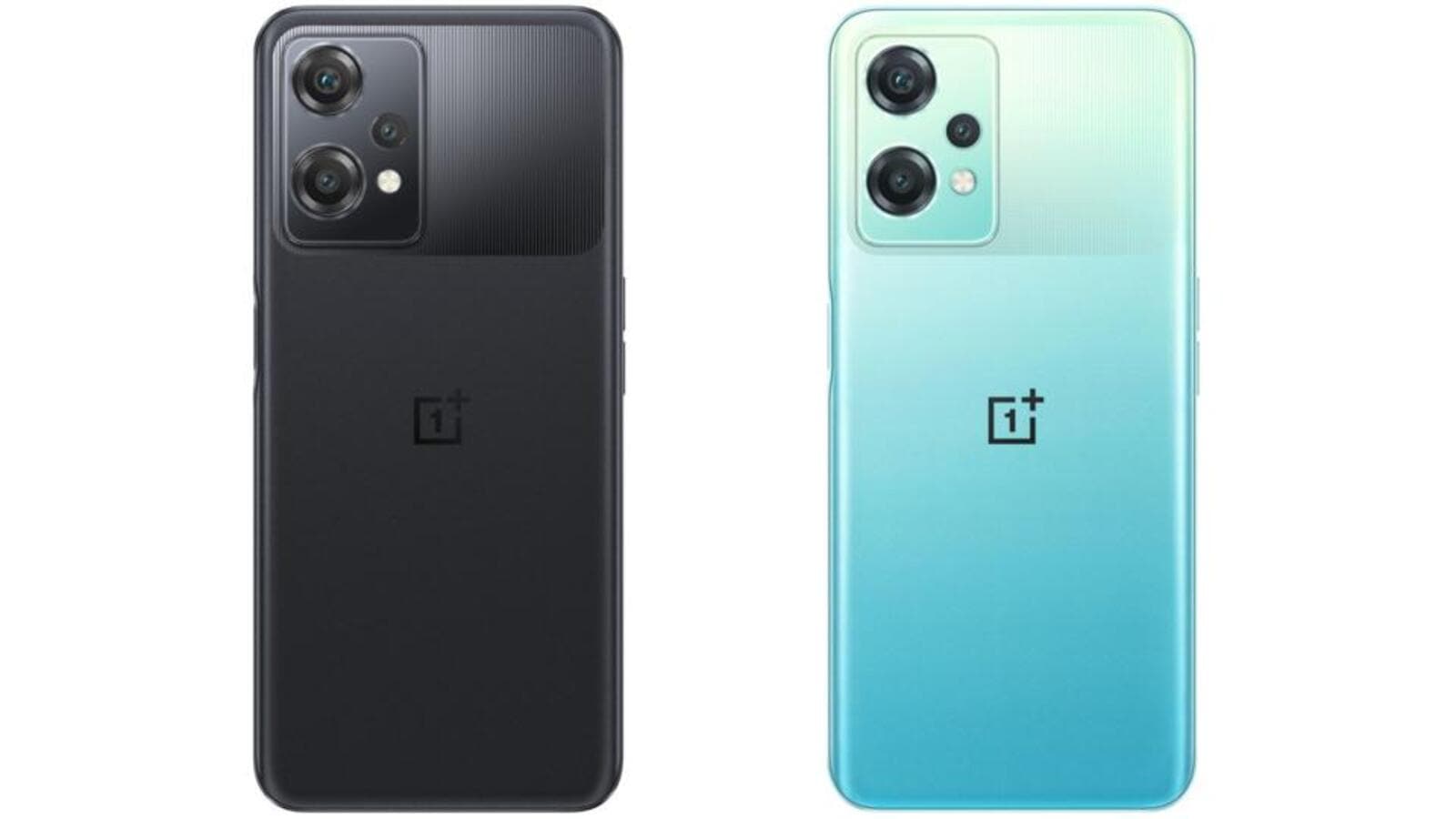OnePlus Nord CE 2 Lite takes a different route to Android affordability
Android phones that start just below the ₹The 20,000 price mark is getting more and more powerful, capable, and therefore has a higher future ceiling. It’s been in sight for a while. We will be able to keep them much longer, which we could not have said a few years ago. What was possible was the hasty improvement of Qualcomm’s rival chipmaker, MediaTek. This defines two very different paths that Android phones take to achieve the same result.
OnePlus’ most affordable phone in India right now, the OnePlus Nord CE 2 Lite, has a spec sheet that isn’t weak. Power comes from the Qualcomm Snapdragon 695 chip, a 6.59-inch screen with a 120Hz refresh rate, fast charging and a 64-megapixel camera at the controls of a troika. Nord CE 2 Lite prices start around ₹19,999. Yet the question remains simple: is it enough?
A quick comparison to its closest rival, Xiaomi’s Redmi Note 11 Pro, is on point. It slightly undercuts the Nord CE 2 Lite with prices starting around ₹17,999, with a slightly larger display (6.67-inches at 120Hz), MediaTek Helio G96, a 108-megapixel camera leading the quad configuration, and faster charging (67 watts vs. 33 watts).
You might be wondering why not spend a little more ( ₹23,999 and up) on the Nord CE 2 for a bit more power and potential longevity? While it definitely ticks the performance aspect with the MediaTek Dimensity 900 chipset, what you’d get instead is a slightly smaller (6.43-inch) screen and limited to a 90Hz refresh rate (that’s confusing!), but faster charging at 45 watts with a smaller 4,500 mAh battery (instead of 5,000 mAh).
Design-wise, you will get two colors – Blue Tide and Black Dusk. There is a subtle two-tone finish. In the blue you would have a bit of a glow, while the black reminds us of the sandstone finish that OnePlus has always done so well. Fairly conventional look and finish, living up to expectations, but nothing that stands out. Except the 3.5mm headphone jack, which would probably be very useful for many users.
OnePlus took advantage of the comparative advantage of performance offered by “Snapdragon 695”. It has faster base frequencies for processing cores and graphics, but that in itself makes a difference when multitasking – those occasional stutters are reduced when switching apps or navigating visually heavy interfaces. What would also help is to choose the 8GB RAM spec instead of 6GB RAM, just for the extra headroom you’ll inevitably need for apps.
Although this chip is comparatively faster than its direct rival, everything is relative. This is a phone that will still hit the performance limits soon enough. The 120Hz refresh rate somewhat accentuates the slightly slower interface transitions. Open too many apps and load times get a bit longer. Surprisingly, it’s also quite pronounced when accessing in-app content, including Microsoft Edge and Google Chrome web browsers; it looks like your broadband connection has suddenly slowed down. Affordable Android phones and their uniqueness!
The clean Oxygen OS 12.1 prevents any additional load on system resources. This corresponds to the software layer common to all OnePlus phones. There’s a touch of simplicity and minimalism in Oxygen OS, even after being significantly revamped. There’s the virtual memory option which can redirect some system space to act as bolt-on RAM, but we didn’t notice any performance improvement with that option enabled. It’s best to leave it disabled and not strain storage bandwidth.
It’s a pretty bright screen to work with. The nearly 6.6-inch screen is the space that should work well for most apps. But the technology is pretty basic. It’s a simple LCD, which means an always-on display option isn’t in the menu. The colors are rich and the white itself doesn’t look very accurate (it leans towards cold). Enough color settings to experiment with, and things work out soon enough. Crisp enough and has much of the same pixel density as the Nord CE 2’s slightly smaller screen.
While a 64-megapixel sensor leads the way (the others being macro and depth sensors, both 2-megapixels each), you’ll have to work hard with most of the photos you click. By default, this will capture 16-megapixel photos, with a 64-megapixel high definition mode as well. Landscapes and still subjects pass pretty well, but moving subjects and rustling leaves often end up blurry or smudged – this indicates an inability to process photos quickly enough.
You’ll love the richness of color and dynamic range when the OnePlus Nord CE 2 Lite’s camera is used with patience and confidence. The camera app itself is quite simple, which should help to get used to it soon enough. There’s no ‘raw’ photo mode available, but again, that’s to be expected.
Would we recommend the OnePlus Nord CE 2 Lite? The answer is yes, for the most part if you keep the limitations in mind. As a phone, it’s competent enough not to get in the way. It looks good, the software is reminiscent of more expensive OnePlus phones, and there are no complaints about battery life. The camera forces you to be patient, while the performance doesn’t stretch far enough to allow for real serious gaming.


Comments are closed.